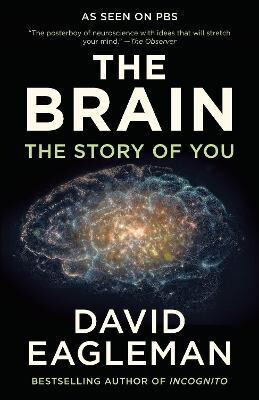
Natural tryptamine alkaloids: Psilocybin, Serotonin, Tryptophan, Dimethyltryptamine, Melatonin, Bufotenin, 5-MeO-DMT, N-Acetylserotonin (English, Paperback, LLC Books, Source Wikipedia)
Price: Not Available
Currently Unavailable
Highlights
- Language: English
- Binding: Paperback
- Publisher: Books LLC, Wiki Series
- ISBN: 9781155470177, 1155470176
- Edition: 2010
- Pages: 130
Description
Please note that the content of this book primarily consists of articles available from Wikipedia or other free sources online. Pages: 31. Chapters: Psilocybin, Serotonin, Tryptophan, Dimethyltryptamine, Melatonin, Bufotenin, 5-MeO-DMT, N-Acetylserotonin, Psilocin, Table of naturally occurring tryptamines, N-Methyltryptamine, 5-Bromo-DMT, Norbaeocystin, Convolutindole A, N-Ethyltryptamine, Aeruginascin. Excerpt: N, N-Dimethyltryptamine (DMT) is a naturally occurring psychedelic compound of the tryptamine family. DMT is found in several plants, and also in trace amounts in humans and other mammals, where it is originally derived from the essential amino acid tryptophan, and ultimately produced by the enzyme INMT during normal metabolism. The natural function of its widespread presence remains undetermined. Structurally, DMT is analogous to the neurotransmitter serotonin (5-HT), the hormone melatonin, and other psychedelic tryptamines, such as 5-MeO-DMT, bufotenin, and psilocin (the active metabolite of psilocybin). In some cultures DMT is ingested as a psychedelic drug (in either extracted or synthesized forms). When DMT is inhaled or consumed, depending on the dose, its subjective effects can range from short-lived milder psychedelic states to powerful immersive experiences, which include a total loss of connection to conventional reality, which may be so extreme that it becomes ineffable. DMT is also the primary psychoactive in ayahuasca, an Amazonian Amerindian brew employed for divinatory and healing purposes. Pharmacologically, ayahuasca combines DMT with an MAOI, an enzyme inhibitor that allows DMT to be orally active. DMT was first synthesized in 1931 by Canadian chemist Richard Manske (1901-1977). Its discovery as a natural product is generally credited to Brazilian chemist and microbiologist Oswaldo Goncalves de Lima (1908-1989) who, in 1946, isolated an alkaloid he named nigerina (nigerine) from the root bark of jurema preta, that is, Mimosa tenuiflora. ..
Read More
Specifications
Book Details
| Publication Year |
|
| Table of Contents |
|
Contributors
| Author |
|
Dimensions
| Width |
|
| Height |
|
| Weight |
|
Have doubts regarding this product?
Safe and Secure Payments.Easy returns.100% Authentic products.
Back to top






